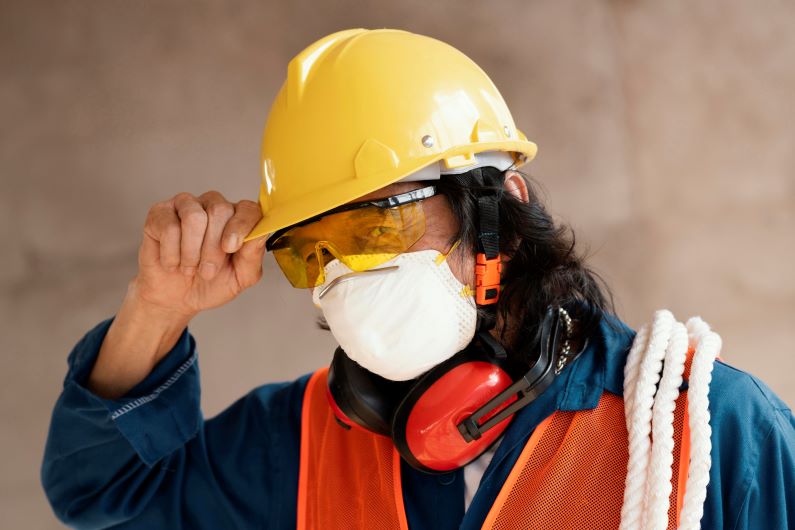
Caption: Health, safety, and profits in construction go hand in hand.
The following article on health, safety and profits in the construction sector was written by Roelof van den Berg, CEO of the Gap Infrastructure Corporation. This is part 2 of a two-part article.
This policy must cover guidelines for training, safe practices for risky situations such as working on scaffolding or handling of heavy machinery, as well as managing exposure to hazardous materials, the preparation of the worksite, correct use of PPE, assigning safety management responsibilities, inspection criterion and timetables, protocols for sub-contractors to follow, and more.
A comprehensive training programme should then be implemented and repeated every few months. This must include a clear and impactful health and safety awareness element that alerts workers to potential hazards, and teaches them how to spot these hazards.
From there, training should provide clear guidelines on how to secure the site and workers’ persons within that site in any given situation. Workers should also be shown exactly how to respond to unsafe situations and incidents if they ever do occur.
Training programmes should further touch on the standards and requirements laid out in the Occupational Health and Safety Act (OHSA), as well as how to conduct formal risk assessments, use PPE, follow emergency procedures, safely handle tools and equipment, and communicate and report unsafe conditions.
The construction industry is also in the early stages of what will be extensive, rapid technological changes as artificial intelligence and robotics become more advanced, easier to obtain, and less complex to understand and use.
Digitisation and digitalisation are quickly growing in popularity, making certain health and safety processes easier to implement and maintain. GIC already uses an advanced digital safety reporting system which makes it easy and quick to enter and update safety data, and share it with anyone in the company. Training programmes have also been digitised, and can be completed and reviewed by workers on an app at any time.
Additionally, by utilising digital monitoring technology such as CCTV cameras and sensors connected to PPE that warn of dangerous situations, we can detect when our workers face certain hazards and rectify the situation immediately.
The future use of robotics is also promising. Exoskeleton suits will provide additional lifting support to the arms, legs, and back, providing workers with more strength to move heavier objects and will help protect against injury.
Small autonomous vehicles may also replace the standard person-operated wheelbarrow. These vehicles can be loaded with heavy materials and be set to follow a worker as well as adhere to specific instructions, making it easier and safer for workers to transport material across the worksite.
By implementing these measures and staying up to date with the latest developments in the industry, construction companies and their sub-contractors can also achieve a zero-LTI status for every project, improving project outcomes for the company and benefitting clients in the process.
More news
- CELEBRATING EXCELLENCE IN THE RESIDENTIAL PROPERTY SECTOR
- PART 4: GIBS PANEL DISCUSSES INTEMEDIATE CITIES ROLE IN AFRICA’S DEVELOPMENT
- EXPOSED AGGREGATE PAVERS COMPLEMENT NEW LIFESTYLE CENTRE
- GIBS PANEL EXPLORES ROLE OF INTERMEDIATE CITIES IN SA’S DEVELOPMENT PART 3
- CITI-CON’S CONCRETE KNOWLEDGE SUCCESSFULLY DEPLOYED ON NEW LANDMARK DEVELOPMENT





